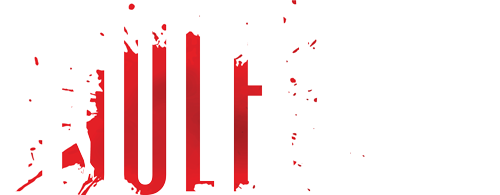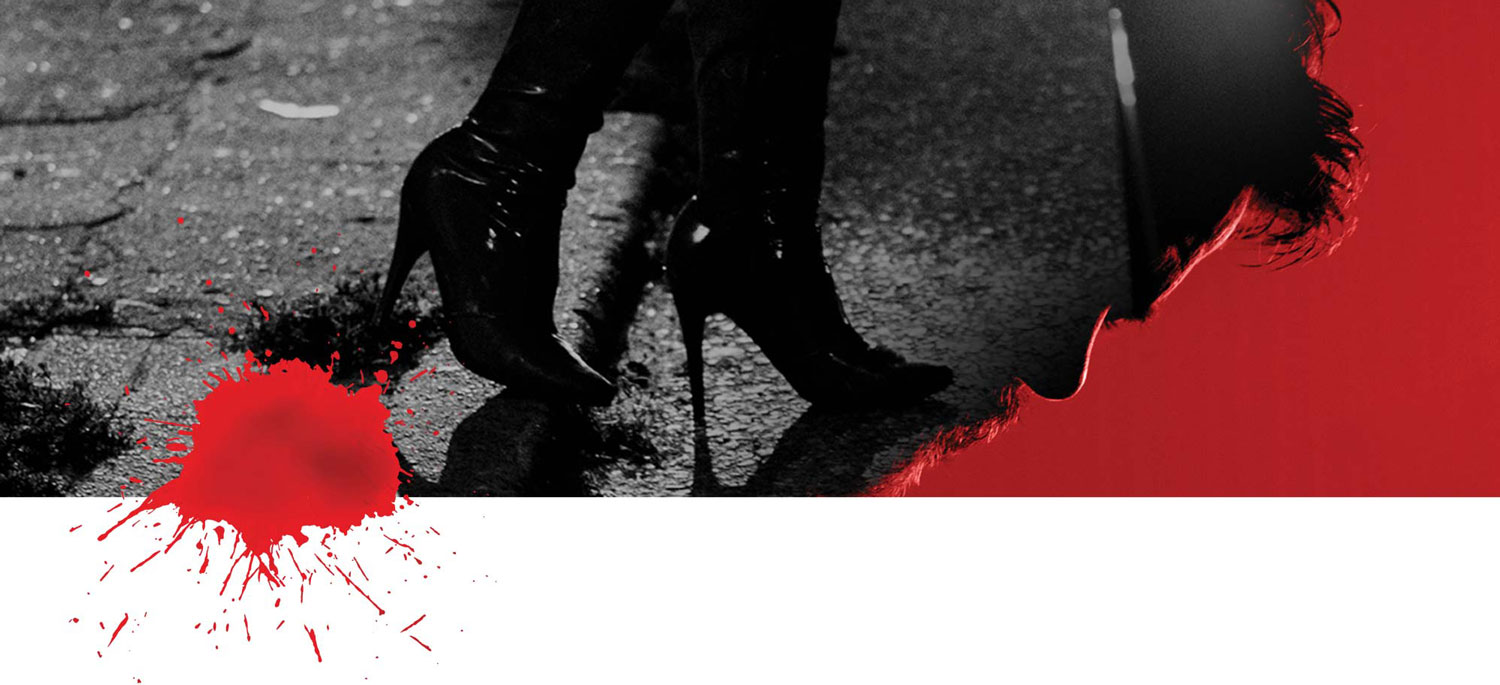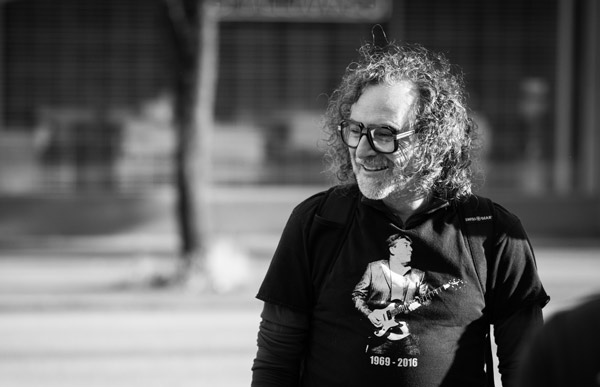Director’s Statement
By David Bercovici-Artieda
It was in the spring of 2017 that I asked Ildy Modrovich, Netflix’s LUCIFER showrunner and writer, to share a short script for me to direct. Months later she hands me her adaptation of the L.A. Times’ best-selling novel by Stephen Jay Schwartz: BOULEVARD.
I was honoured and nervous but there was no turning back.
BOULEVARD captures a frenetic moment in the life of LAPD homicide Detective HAYDEN GLASS, who investigates a murder while struggling with his own sex addiction. An addiction to a function that no longer provides pleasure, but instead serves as a profound form of self-abuse, which almost leads to his very own demise.
Why tell such a dark story?
Conservative sex addiction statistics indicate compulsive sexual behaviour affects an estimated 3-6% of U.S. adults, which equivocates to 7.4-14.7 million people. The guilt and shame experienced by sex addicts fuels a vicious cycle of out-of-control behaviour and can lead to substance abuse. No one talks about it. I needed to tell this story, I needed to get people talking.
In an interview with a sex addiction therapist she mentioned something that will forever stay with me: “the difference between say a crack addict and a sex addict is that the sex addict has “the pipe” attached to his/her body all their lives; their sex organs are part of them”.
Through Detective Glass we explore survival, self-hate, loneliness, and shame while wishing for hope and change.
I chose to visually treat this subject using elements of the NEO-NOIRE genre, The style worked for the story. I needed to use the contrast between highlights and shadows. I wanted silhouettes and long shadows, like the shadowy world of Detective Glass. For the day scenes I wanted to look as thought we did a bleach bypass on the neg—reducing the saturation, while increasing the contrast and graininess of the image; dirty, dark… Like Hayden’s life.
As for the lenses, I was set on the use of wide angle lenses to show the viewer Hayden’s world. Ninety percent of the close-ups were shot on a 40mm up close, and Hayden’s POV’s were kept exclusively on the 65mm. This is Hayden’s story— every technical and artistic decision had to reflect that.
Like most shorts, there isn’t enough money, time, or personnel, which can be a problem. However, if you surround yourself with passionate filmmakers, you’ll find those problems dissipate.
My most gratifying decision was giving green energy a chance by using solar power battery generators. More importantly, we made this movie in four days, with our longest day being ten hours, which included a location move. I wanted to prove that we can create a quality product, dealing with a sensitive subject matter, all the while respecting the personal, and family time, of the artists and technicians involved.


